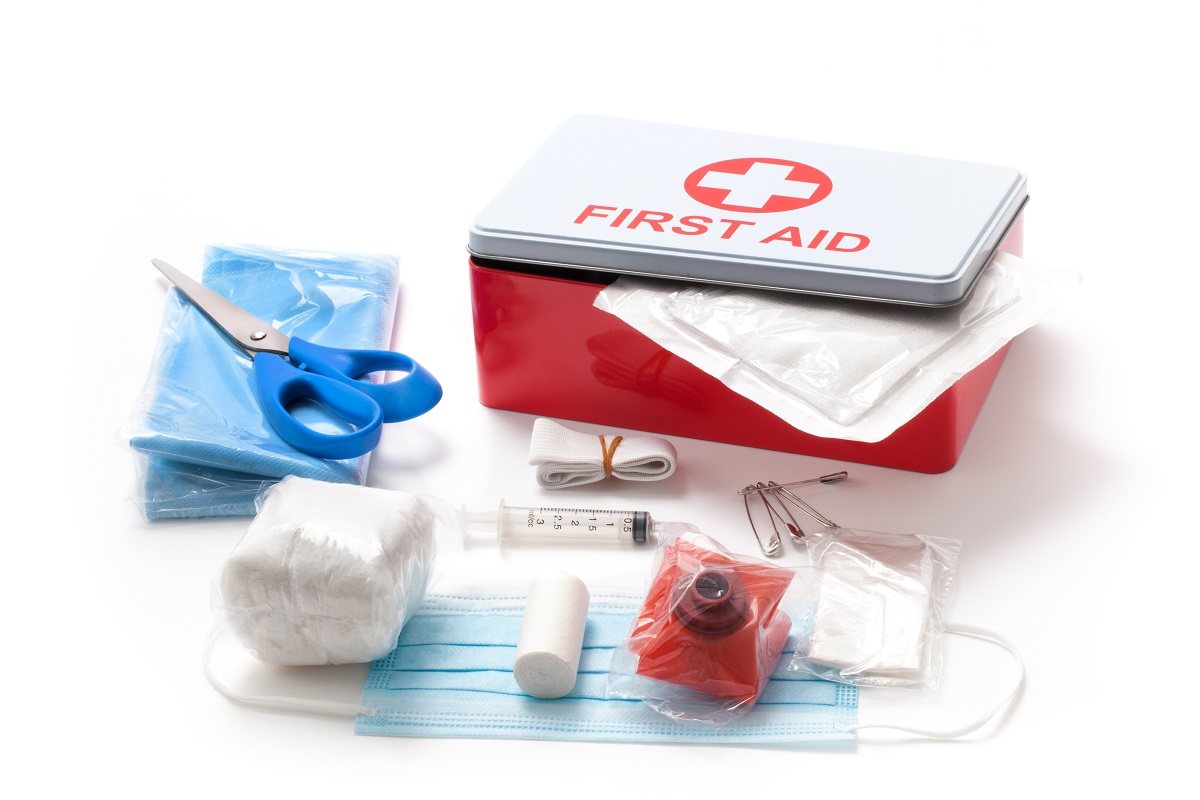Traveling with chronic pain is no walk in the park. Even people who don’t suffer from this condition often experience the aches that come with traveling, from sitting too long or walking the whole day. But when you are living with chronic pain, traveling can be unnecessarily miserable.
Of course, it doesn’t have to be. There are plenty of ways to manage chronic pain while traveling, as many things can cause flare-ups. The key is to leave your house prepared. Thus, here is a list of travel essentials that can help you manage your pain and keep your vacation as enjoyable as possible.
1. Pain medication
Obviously, you have to take pain medication with you if it’s part of your pain management plan. Whether you use prescription or over-the-counter drugs, be sure to take more than enough to last you for the entire trip. Even if you do not have to take medication every day, it is still a good idea to have plenty in your first aid kit, as travel can bring about all kinds of pain during your trip.
2. Travel pillow
Investing in a good travel pillow is a must for every kind of traveler, especially for people with chronic pain. You definitely don’t need to deal with a crick on top of your already existing pain, and a travel pillow will help avoid that by keeping your head upright as you sleep in transit. If you are prone to suffering from back pain, it’s also highly advisable to bring a small pillow that can provide lumbar support while you’re sitting, which you will probably be doing a lot while traveling.
3. Heating pad
A rechargeable heating pad is one of the best purchases you can make if you suffer from chronic pain. Heat can help alleviate all kinds of aches in your muscles, and it’s best to have an immediate form of pain relief while you’re traveling and don’t have access to all of your creature comforts. A heating pad is also a great alternative to pain medication since you wouldn’t want to overuse it.
You can also consider disposable heating pads, but a rechargeable one is the most cost-effective option. If the battery runs out, you can plug it into any wall socket or USB charger on the flight, and it’ll be ready to go in no time. But if you’re traveling somewhere cold, consider bringing a few disposable heat packs as well in case your rechargeable heating pad dies when you have no access to a charging port.
4. Reusable water bottle

Hydration is one of the most important aspects of pain management. Moreover, keeping yourself hydrated is crucial if you’re traveling via plane, as the atmosphere in the cabin can quickly dry out your skin, which can also lead to unnecessary pain. Pack a large reusable water bottle and keep it full as much as possible so that you can replenish your body’s hydration levels whenever you need to.
5. Your own pillow
No matter how fancy the hotel you book, their pillows may not be as good at keeping the pain at bay as the ones you have at home. Although it may be bulky for your luggage, packing your own pillow is a great way to stay comfortable in an unfamiliar bed. If you want to save on luggage space, see if they have the same kind of pillow at your destination and buy one there.
6. Compression socks
Sitting for long hours on a flight can make your legs tingly and painful, which is bad news if you have chronic pain and especially if it’s a long-haul flight. To avoid this, wear compression socks on the flight to stimulate the circulation around your calves and feet. Better yet, walk up and down the aisle at least every hour or so to get the blood flow going in your lower extremities.
7. A portable footrest
You can hang a portable footrest on the back of any chair and use it to prop up your feet. Keeping your legs at a 90-degree angle can help with circulation and avoid pain, especially if you suffer from health conditions that cause pain in the extremities, such as deep vein thrombosis or arthritis.
Chronic pain shouldn’t stop you from doing what you love, not even long-haul travel. Make sure that you can remain comfortable despite your condition. With these items in your luggage or carry-on, you can keep your trip as pain-free as it can be and ultimately as enjoyable as possible.
